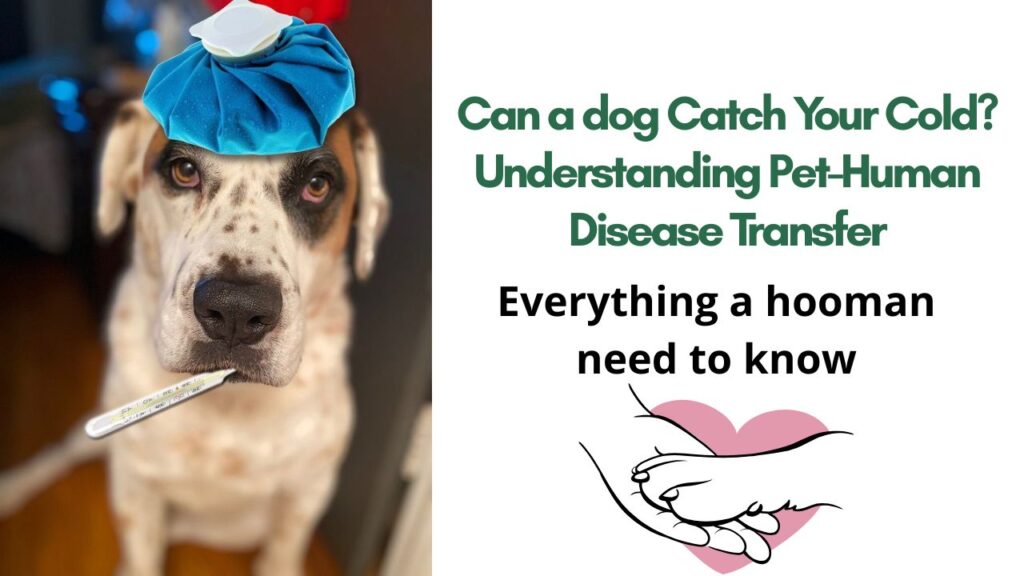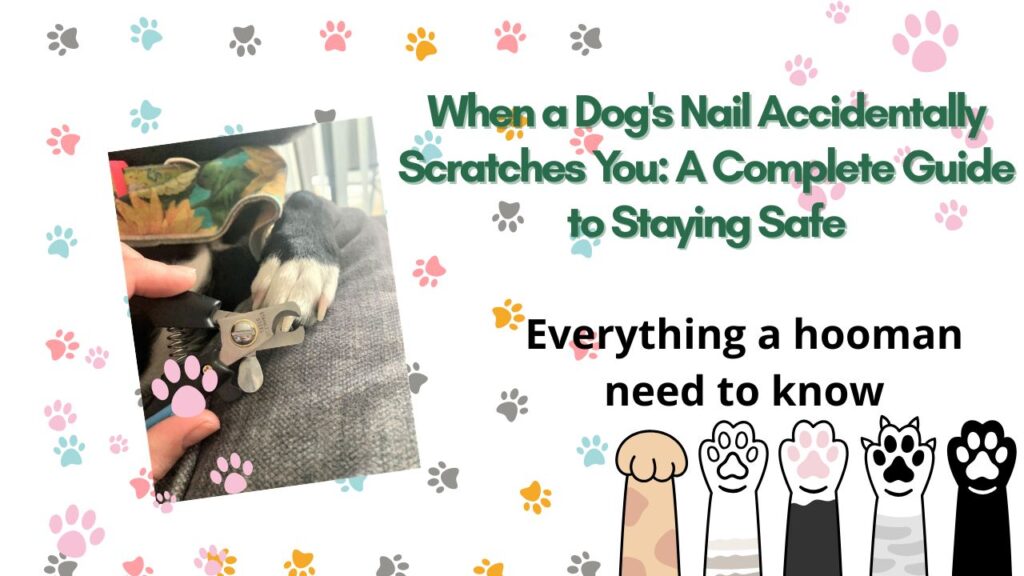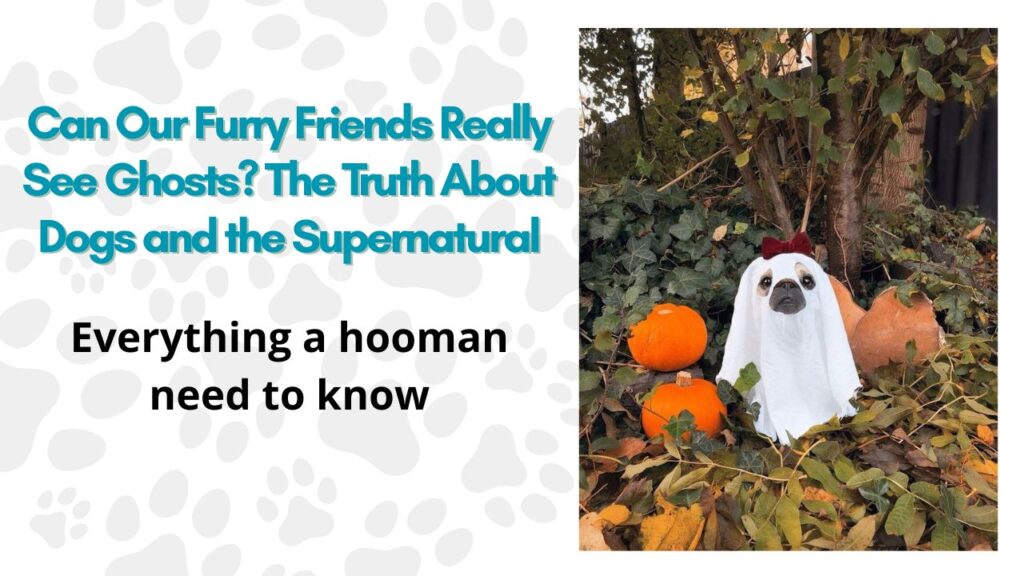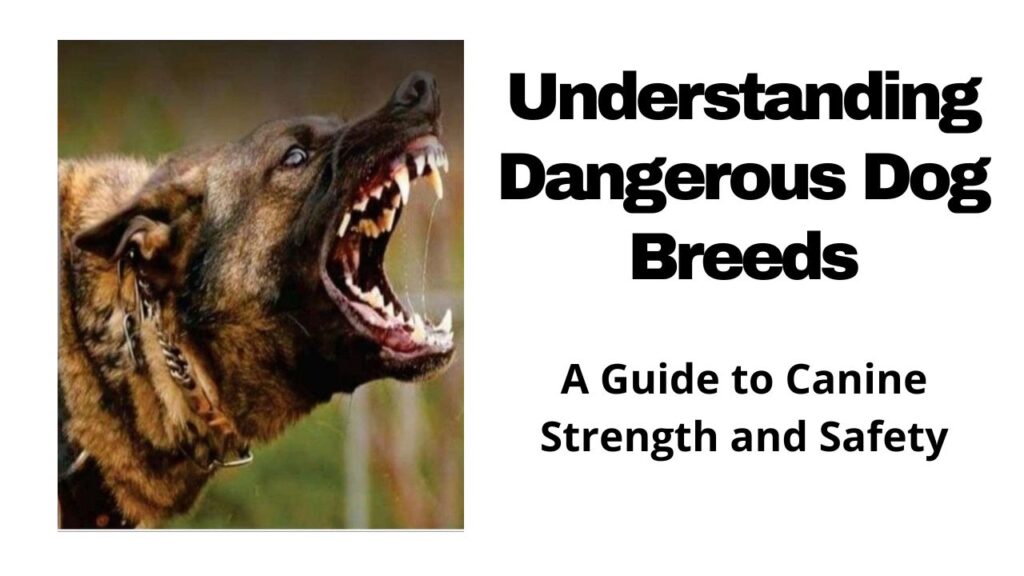Celebrating Our Street Dog Friends!
Welcome to the delightful world of street dogs! These charming canines, with their wagging tails and playful spirits, roam our neighborhoods, bringing joy wherever they go. Often overlooked, street dogs are resilient and full of personality. Each one has a unique story, from clever scavengers to loyal companions who brighten our days. Join us in this blog as we share heartwarming tales and tips on how to support these lovable furry friends. Let’s celebrate the magic of street dogs and the happiness they bring to our lives!
How Dogs Find Comfort in Human Care
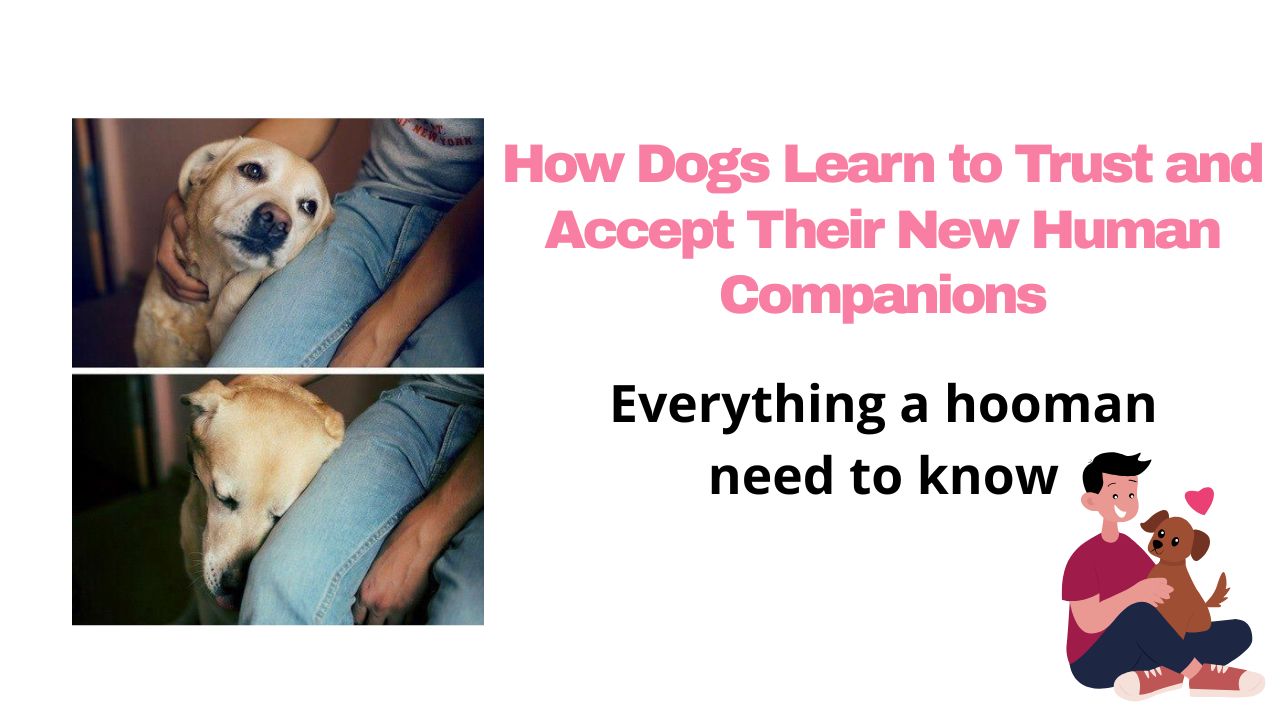
Have you ever wondered why dogs seem to naturally gravitate toward humans? It’s truly fascinating how these amazing creatures can sense our emotions and respond with such genuine warmth. Dogs possess an incredible ability to read our body language, facial expressions, and even detect changes in our scent that indicate stress or happiness.
The bond between dogs and humans runs much deeper than we might imagine. When a dog looks into your eyes, something magical happens – both you and the dog release oxytocin, often called the “love hormone”. This creates a positive feedback loop that strengthens your connection over time. It’s the same hormone released between mothers and their babies, which explains why the human-dog relationship feels so naturally nurturing.
Dogs notice everything about how we carry ourselves. Your posture, the way you move your arms, and even how you walk all communicate volumes to a dog. They’re constantly observing and learning from their surroundings, picking up on subtle cues that help them understand whether you’re a safe person to trust.
What’s remarkable is that dogs actively seek companionship. The greatest comfort they provide isn’t just their playful antics or protective instincts – it’s simply being present with us. Real therapy dogs are trained to sit quietly with people, offering silent, non-judgmental support. This natural inclination to comfort humans makes them incredible companions for those willing to open their hearts.
What Are Some Ways a Human Can Become the Owner of a Dog: List of Do’s and Don’ts
Becoming a dog owner is one of life’s most rewarding experiences, but it requires careful consideration and preparation. Let me walk you through the essential steps and important guidelines.
The Do’s of Dog Ownership
Do recognize the commitment you’re making. Before deciding that a dog is right for you, make an honest assessment about whether you’re ready for the financial, emotional, and time commitments that owning a dog requires. This isn’t just about the initial excitement – it’s a long-term relationship that could last 10-15 years.
Do evaluate your lifestyle thoroughly. Think about the type of dog that will best suit your daily routine, hobbies, activities, and family dynamics. Are you an active person who enjoys long hikes, or do you prefer quiet evenings at home? Your lifestyle should match your future dog’s energy level and needs.
Do make a detailed list of qualities you want in a dog. Consider size, energy level, grooming needs, trainability, and temperament. If you rent an apartment, check for any restrictions on height, weight, or breed. Answer these questions now, because once you bring a dog home, it can be heartbreaking to realize you made the wrong choice.
Do choose your dog carefully. Listen to your breeder’s or rescue organization’s suggestions about which dog might be right for you. They know the animals’ personalities and can help match you with a compatible companion.
Do prepare your home before your new dog arrives. Move breakable or “chewable” items to higher ground, make electrical cords inaccessible, and block off any areas that are off-limits. Create a comfortable sleeping area and ensure your yard is securely fenced.
The Don’ts of Dog Ownership
Don’t rush the decision. Impulse adoptions often lead to problems later. Take time to research breeds, visit shelters multiple times, and really think about whether you’re ready for this commitment.
Don’t ignore the paperwork. Information about the sale or adoption should be in writing, including details about fees, health guarantees, and what to do if the dog doesn’t work out for your family.
Don’t expect immediate perfection. Your new pet will feel insecure and frightened by changes in their environment and may be homesick. Give them time to adjust to their new surroundings.
Don’t overwhelm them with introductions. Many pairs of hands petting them at once can be frightening. Introduce your dog to your household slowly, and give family pets time to adjust to one another.
How Dogs Want to Be Treated by Humans
Understanding what dogs truly want from us is key to building a strong, trusting relationship. Dogs are remarkably social creatures with specific needs and preferences that, when met, create the foundation for lifelong companionship.
Consistency is everything to dogs. They thrive on routine and clear expectations. If something is “OK” today, your dog will think it’s OK forever, so it’s crucial that every family member enforces the same house rules. This consistency helps dogs feel secure and understand their place in your family.
Dogs want gentle, respectful interaction. They appreciate when humans approach them calmly, without looming over them or making sudden movements. When meeting a new dog, it’s best to let them approach you rather than forcing interaction. This gives the dog agency to determine if they want to engage with you.
Physical comfort matters tremendously. Dogs need a comfortable place to rest – whether it’s a crate, dog bed, or pile of blankets where they can go when they need privacy. They also need regular exercise, proper nutrition, and veterinary care to stay healthy and happy.
Most importantly, dogs want emotional connection. They’re incredibly empathetic creatures who pick up on our emotional states and respond accordingly. When you’re stressed, anxious, or in pain, dogs often offer comfort by staying close, cuddling, or simply being present. This natural ability to sense what humans feel makes them excellent companions.
Dogs also appreciate mental stimulation. They’re intelligent animals who need more than just physical exercise – they need puzzles to solve, new experiences to explore, and training challenges that engage their minds.
Behavioral Studies Can Help a Person Get Close to a Dog
Modern research has revealed fascinating insights about how dogs perceive and interact with humans. These behavioral studies provide valuable guidance for anyone wanting to build a stronger relationship with dogs.
The relationship between dogs and their human caregivers bears a remarkable resemblance to the parent-infant attachment bond. This affiliative bond changes dogs’ behavior in multiple ways – it enables dogs to engage their caregiver’s caregiving system and affects how they explore objects and perform cognitive tasks.
What’s particularly interesting is that this bond is selective. Dogs pay more attention to the actions of their primary caregivers than to other familiar humans. They form specific attachments that influence their general attitudes toward people, much like children do with their parents.
Eye contact plays a crucial role in human-dog bonding. When dogs and humans gaze into each other’s eyes, both species release oxytocin, creating a positive feedback loop that strengthens their relationship. This oxytocin-mediated bonding system likely evolved during domestication and helps facilitate the deep connections we form with our canine companions.
Dogs are also incredibly skilled at reading human body language. They can interpret our posture, facial expressions, and even subtle changes in our scent that indicate different emotional states. This ability allows them to respond appropriately to our needs, whether we’re seeking comfort, play, or simply companionship.
Understanding these behavioral patterns can help you communicate more effectively with dogs. For example, knowing that dogs prefer side-on approaches rather than direct frontal approaches can make initial meetings more comfortable for both parties.
Questions Mostly Asked on How to Treat Dogs Carefully and Their Answers
- 1. How should I approach a dog I don’t know?
Always ask permission from the dog’s owner before approaching. If given permission, let the dog approach you instead of walking directly toward them. Avoid direct eye contact initially, keep your body slightly angled rather than facing them head-on, and speak gently. If the dog approaches with a wagging tail and relaxed body language, that’s a green light for interaction.
- 2. What should I do if my dog seems sick?
Monitor your dog closely and contact your veterinarian if symptoms persist or worsen. For mild issues like soft stool, you can try a bland diet of boiled chicken and rice. However, if there’s blood in the stool, decreased appetite, vomiting, or any signs of distress, seek veterinary care immediately. Never attempt to diagnose or treat serious conditions yourself.
- 3. How often should I bathe my dog?
There’s no fixed bathing schedule that applies to all dogs. Consider your dog’s activity level and lifestyle. If they get dirty often or develop odors, bathing every two weeks might be appropriate. Indoor dogs who don’t go out frequently might only need monthly baths during winter. However, regular grooming, paw cleaning, and ear maintenance should be part of your routine regardless of bathing frequency.
- 4. What should I do if I encounter an aggressive dog?
Stay calm and avoid direct eye contact, sudden movements, or running away. Stand quietly with your hands at your sides. If the dog is off-leash, don’t run – most dogs will chase. Move away slowly while looking for the dog’s owner or a safe barrier. Use a firm, deep voice to command the dog to “stay” or “back,” and try to place an object between yourself and the dog if possible.
- 5. How can I tell if a dog is friendly or aggressive?
Friendly signs include a loose, wagging tail, relaxed body posture, open mouth, soft eyes, and playful bows. Aggressive signs include a stiff body, raised hackles (hair along the back), hard stare, wrinkled muzzle, curled lip showing teeth, and low growling. Pay attention to the overall body language rather than just one signal.
- 6. Is it normal for dogs to stare at their owners?
Yes, dogs stare at their owners to seek attention, communicate needs, or bond with them. Eye contact releases oxytocin – the bonding hormone – in both dogs and humans. It’s usually a sign of affection and trust, though persistent staring might also indicate they want something specific like food, attention, or to go outside.
- 7. What should I never do around dogs?
Never tease, chase, or harass a dog. Don’t approach dogs while they’re eating, sleeping, or with their puppies. Avoid reaching over fences to pet dogs, don’t get between fighting dogs, and never enter a property with a dog unless accompanied by the owner. Don’t make sudden movements or loud noises that might startle them, and avoid cornering dogs where they can’t move away if uncomfortable.
Common Caution Ideas While Encountering Dogs
When you’re out and about, knowing how to safely interact with dogs can prevent uncomfortable or dangerous situations. Here are essential precautions to keep in mind.
Always ask permission before touching someone else’s dog. This simple courtesy respects both the owner’s wishes and the dog’s comfort level. Some dogs may be in training, feeling unwell, or simply not in the mood for interaction with strangers.
Read the dog’s body language carefully. Even if a dog appears friendly and wiggly, don’t assume this means they want to be petted. Some dogs display conflicting body language, and it’s important to be extra cautious if a dog goes still, becomes stiff, or isn’t wagging in a loose, friendly manner.
Give dogs space to move away. Never corner a dog, as this might put them in a situation where they feel they need to defend themselves. Dogs need to feel they have an escape route if they become uncomfortable.
Avoid startling dogs by not approaching them while they’re sleeping, fixated on something, or caring for puppies. A startled dog might react defensively, even if they’re normally friendly.
Stay away from territorial situations. Don’t approach dogs in cars or on chains or ropes, as they may feel more vulnerable or defensive than usual. When dogs are tied up, they know they can’t run away, so their only defense might be to fight.
Be mindful of resource guarding. Leave dogs alone when they’re eating or chewing high-value items. If you need to approach, have a high-value treat ready to toss to the side to redirect their attention away from their food or toy.
Common Caution Ideas While Encountering Unfriendly Dogs
Encountering an aggressive or unfriendly dog requires specific strategies to keep yourself safe while avoiding escalation.
Stay calm and still as your immediate reaction. Your emotions can significantly influence a dog’s behavior, as they have a keen sense of fear and anxiety. Plant your feet, remain as still as possible, breathe slowly and deeply, and avoid direct eye contact, which dogs may perceive as a challenge.
Assess the situation quickly by observing the dog’s body language. Look for signs of aggression such as stiff posture, raised hackles, bared teeth, hard stare, or low growling. Understanding these cues helps you gauge the dog’s intentions and respond appropriately.
Use your voice strategically. In a deep, firm voice, command the dog to back off using simple, clear words like “No,” “Back,” or “Stay”. Most dogs are familiar with basic commands, and even untrained dogs may hesitate when hearing an assertive tone.
Create distance slowly. If the dog seems agitated, try to create space by stepping back slowly, using objects as barriers, or moving toward a fence, car, or other safe location. Never turn your back on a potentially aggressive dog or try to outrun them.
Don’t run unless absolutely necessary. Running can trigger a chase instinct even in friendly dogs7. If you must move, back away slowly while keeping the dog in your peripheral vision.
Use defensive tools if available. If you carry dog repellent, aim for the nose and eyes – the most sensitive areas. Ultrasonic devices or pepper sprays designed for animals can help deter dogs without causing permanent harm.
Legal Framework and Animal Rights for Indian Dogs
Understanding the legal protections for dogs in India is crucial for anyone interacting with these animals, whether they’re pets or street dogs.
The Prevention of Cruelty to Animals Act, 1960 is the primary legislation protecting dogs in India. This comprehensive act defines animal cruelty broadly, including beating, kicking, torturing, or otherwise treating any animal to cause unnecessary pain or suffering. The act specifically mentions dogs, both street dogs and household pets, with special provisions for their protection.
Street dogs have specific legal protections under this act and the Animal Birth Control (Dogs) Rules, 2001. Street dogs cannot be beaten, killed, driven away, displaced, or relocated. They can only be sterilized (when they’re at least 4 months old), vaccinated, and returned to their original locations. This means that street dogs have a legal right to exist in their territories.
Penalties for animal cruelty include fines ranging from Rs. 10 to Rs. 100 for general cruelty, with the possibility of three months imprisonment for repeat offenses. More severe penalties apply for specific harmful practices, with fines up to Rs. 1000 or imprisonment up to 2 years for operations that injure animals’ health.
Constitutional provisions also support animal welfare. Article 51A(g) of the Indian Constitution makes it a fundamental duty of citizens to have compassion for living creatures. While not directly enforceable, these provisions provide the foundation for animal protection policies at central and state levels.
The Animal Welfare Board of India was created under this act to oversee animal welfare issues and ensure proper implementation of animal protection laws. This board plays a crucial role in educating the public about animal rights and investigating cases of cruelty.
Understanding these laws helps create a more compassionate society where both pet dogs and street dogs can coexist safely with humans. It’s important to know that harming any dog, whether owned or stray, is illegal and punishable under Indian law.
Conclusion
As we wrap up this journey through the wonderful world of human-dog relationships, I hope you’ve gained valuable insights into how these remarkable creatures learn to trust and accept us as their companions. The bond between humans and dogs truly is something special – built on mutual respect, understanding, and genuine care.
Remember, every dog you encounter has their own unique story and personality. Whether it’s a street dog looking for a kind gesture, a rescue dog learning to trust again, or a puppy experiencing the world for the first time, your approach and attitude can make all the difference in their lives.
The key takeaways we’ve explored – from reading body language and respecting boundaries to understanding legal protections and behavioral science – all point to one fundamental truth: dogs respond best to patience, consistency, and genuine kindness. When we take the time to understand their needs and communicate in ways they understand, we open the door to relationships that enrich both our lives and theirs.
I encourage you to put these insights into practice in your daily interactions with dogs. Whether you’re considering adoption, working with a current pet, or simply encountering dogs in your neighborhood, remember that small acts of understanding and compassion can create lasting positive impacts.
If you found this article helpful, I’d love to hear about your own experiences with dogs in the comments below. Have you recently welcomed a new furry friend into your family? What challenges have you faced, and what successes have you celebrated? Your stories not only inspire others but also contribute to our collective understanding of these amazing animals.
For those ready to take the next step in their dog journey, consider visiting local shelters or rescue organizations. There are countless dogs waiting for someone just like you to give them a chance at happiness. And remember, the legal framework we discussed means that every act of kindness toward dogs – whether pets or strays – contributes to a more compassionate society.
Thank you for joining me in celebrating the magic of human-dog relationships. Together, we can create a world where every dog feels safe, loved, and valued. After all, in a world that can sometimes feel complicated and challenging, the simple joy of a dog’s wagging tail and unconditional love reminds us of what truly matters – connection, compassion, and the beautiful bonds we can form across species.
Keep spreading kindness, one paw at a time!

